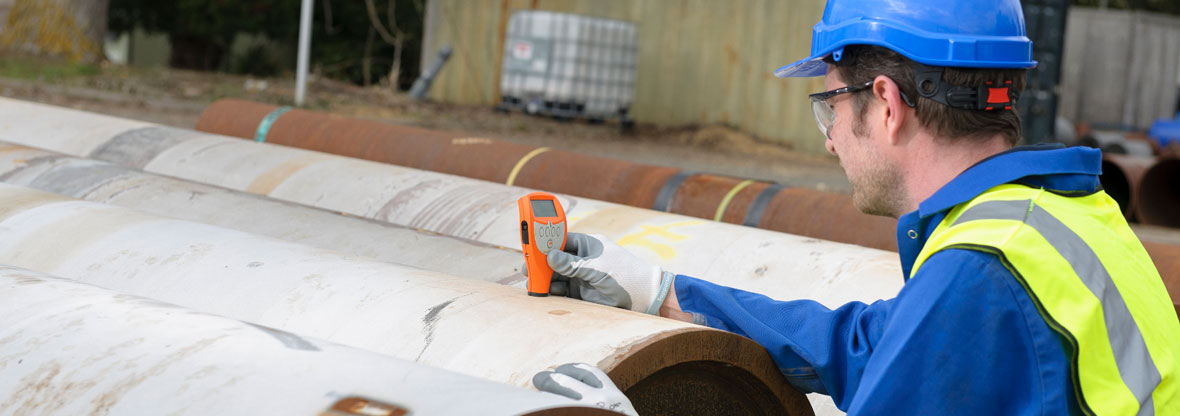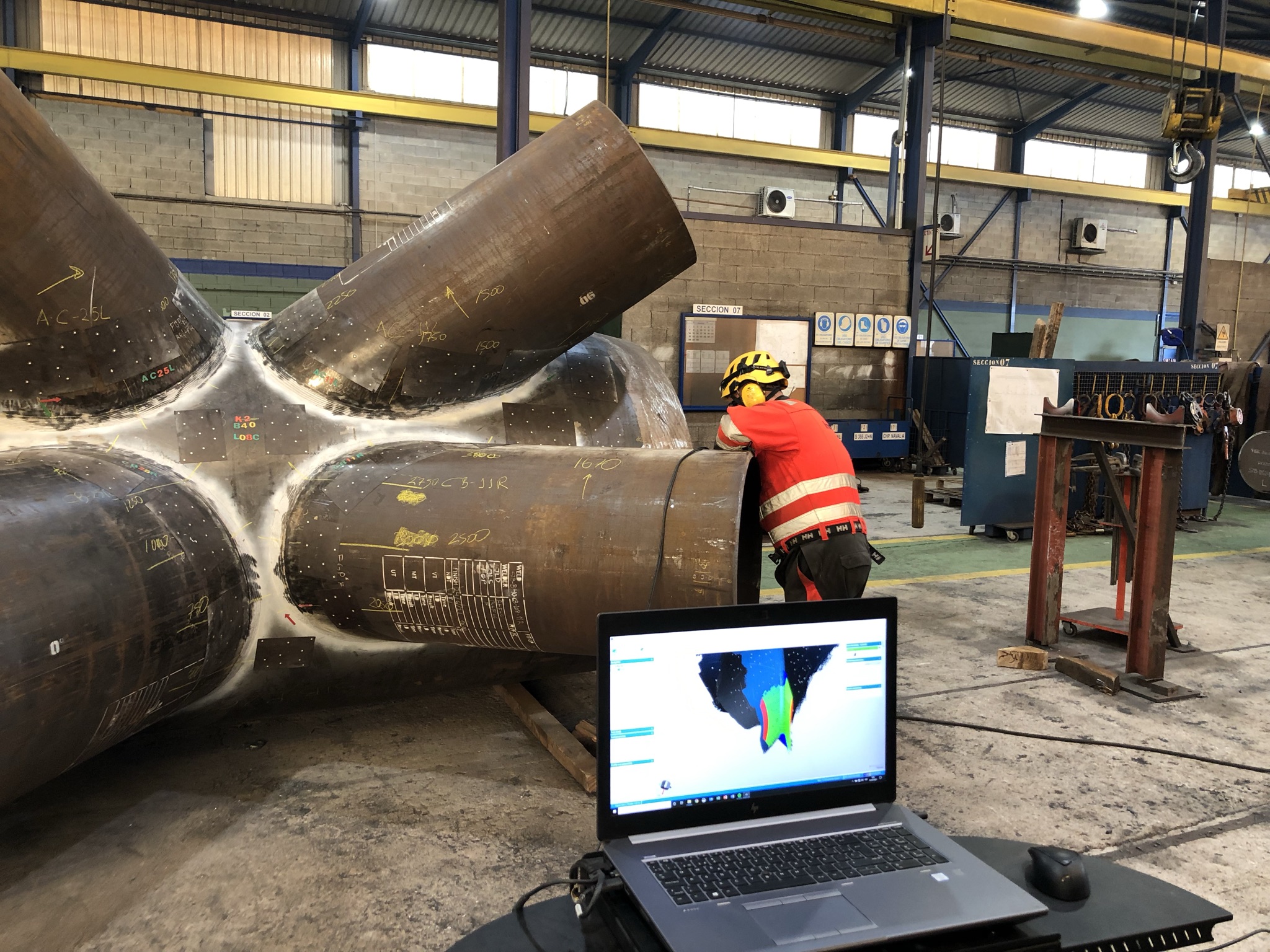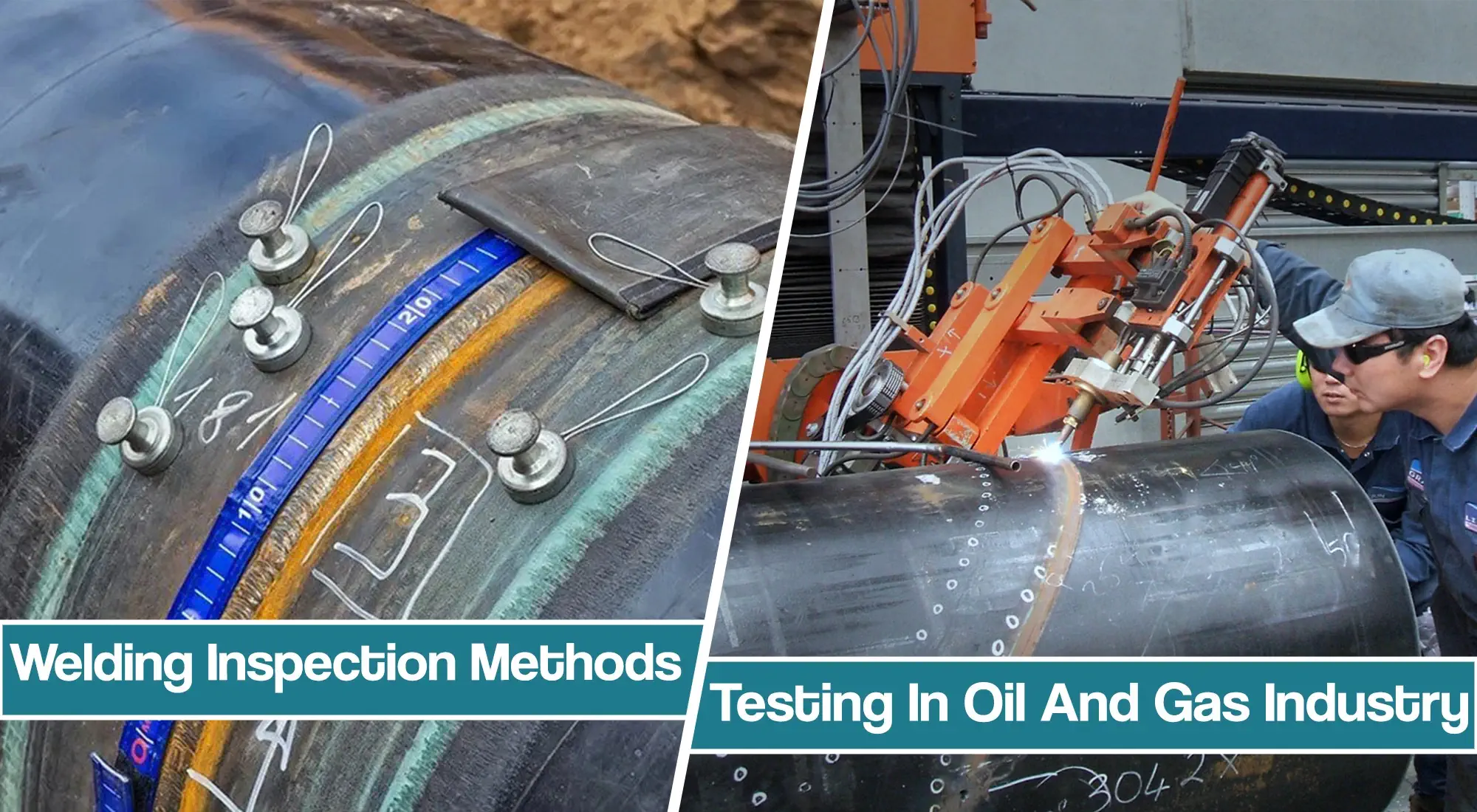Advanced Strategies in Pipeline Welding Inspection: Technologies and Technologies for Enhanced Accuracy and Integrity in Weld Assessment
The landscape of pipe welding examination is undertaking a considerable improvement, driven by sophisticated techniques that guarantee to enhance both accuracy and reliability in weld evaluations. Advancements such as automatic assessment systems and progressed imaging modern technologies are redefining standard techniques, while non-destructive screening approaches ensure material honesty is preserved. As these modern technologies advance, they not only elevate flaw discovery prices yet additionally enable more effective maintenance strategies. Nevertheless, the ramifications of these innovations expand past immediate advantages, increasing important questions concerning future techniques and standards in the market.

Relevance of Weld Evaluation
Making sure the stability of pipe welds is crucial to the total safety and integrity of commercial systems. Rigorous assessment of welds is essential to the lifecycle of pipe framework.
The significance of weld inspection extends beyond simple compliance with regulatory criteria. It acts as a positive procedure to recognize and correct flaws, such as insufficient combination, porosity, or cracks, prior to they intensify right into significant issues. Efficient assessment methods likewise contribute to the durability of pipes, reducing maintenance costs and boosting operational efficiency.
Furthermore, detailed weld inspections foster count on among stakeholders, consisting of regulative bodies, financiers, and the communities offered by these pipelines. By guaranteeing that all welds satisfy the needed criteria, companies can minimize dangers and promote their reputations. In recap, weld examination is vital not just for functional integrity however likewise for the broader implications it holds for safety and security and ecological stewardship.
Automated Examination Solutions
The combination of automatic inspection systems in pipe welding has actually reinvented the method to ensuring weld top quality and honesty. These systems utilize innovative robotics and expert system to perform assessments that are not just faster yet also much more consistent than standard techniques. Automated systems can cover substantial lengths of pipelines successfully, capturing information that human examiners could overlook because of tiredness or environmental problems.
One of the essential advantages of computerized evaluation systems is their capability to operate in hazardous environments, lowering the threat to human assessors. They use different non-destructive testing (NDT) strategies, such as ultrasonic screening and magnetic fragment examination, to analyze weld honesty without jeopardizing the structure. The data collected is processed in real-time, enabling prompt feedback and timely corrective actions when flaws are determined.
In addition, automated systems assist in the standardization of examination procedures, ensuring that each weld is reviewed versus regular standards. This not just enhances the integrity of outcomes yet likewise enhances conformity with regulative criteria. As sectors remain to focus on safety and security and operational efficiency, the function of automated evaluation systems in pipe welding will unquestionably expand, paving the way for much more sophisticated quality control approaches.
Advanced Imaging Technologies
Regularly used in modern pipe welding evaluations, advanced imaging innovations have actually significantly improved the capability to spot and evaluate weld defects. Strategies such as electronic radiography, computed tomography, and thermographic imaging give inspectors with high-resolution pictures that expose sub-surface imperfections and structural inconsistencies that may be invisible to the nude eye.
Digital radiography uses electronic sensing units to record photos, enabling immediate evaluation and boosted photo comparison. This brings about faster examinations and improved accuracy in identifying essential issues. Calculated tomography, on the various other hand, offers three-dimensional imaging, making it possible for examiners to envision complex geometries and go to this site analyze the honesty of welds from several angles - Pipeline Welding Inspection. This deepness of analysis is invaluable for identifying issues that standard techniques might neglect.
Thermographic imaging employs infrared modern technology to discover variations in temperature, identifying areas of prospective weak point or stress and anxiety within the weld. These advanced imaging modern technologies not just improve flaw detection rates but additionally minimize the moment and sources required for pipe evaluations. Because of this, they play a critical role in maintaining pipeline safety and reliability, making sure compliance with industry requirements while lessening operational threats.
Non-Destructive Testing Approaches
Utilizing numerous techniques, non-destructive testing (NDT) techniques are necessary in pipe welding assessments, allowing for the evaluation of weld stability without compromising the material's architectural honesty. NDT includes a variety of approaches, including ultrasonic testing (UT), radiographic testing (RT), magnetic bit testing (MT), and dye penetrant screening (PT) Each technique has distinctive benefits and applications depending upon the certain requirements of the inspection.
Ultrasonic screening uses high-frequency acoustic waves to detect internal flaws, providing exact dimensions of weld thickness and stability. Pipeline Welding Inspection. Radiographic testing utilizes X-rays or gamma rays to create pictures of the try this website weld, exposing internal defects that may not show up externally. Magnetic bit screening works for detecting surface and near-surface gaps in ferromagnetic materials, while dye penetrant testing highlights surface area fractures by utilizing a tinted color
Integrating these NDT approaches right into pipe welding assessments improves the precision and dependability of weld assessments, making sure that possible failings are determined early. As sectors require greater requirements for security and performance, the role of NDT in maintaining the stability of bonded frameworks remains to be crucial in pipe building and construction and maintenance.

Future Trends in Weld Analysis
As we aim to the future of weld evaluation, developments in technology are positioned to change the techniques utilized for reviewing pipeline honesty. The assimilation of synthetic intelligence (AI) and artificial intelligence in assessment processes is anticipated to enhance the accuracy of flaw discovery and predictive upkeep. These technologies permit real-time data analysis, making it possible for assessors to determine prospective problems before they like this intensify right into considerable problems.
Furthermore, making use of drones equipped with innovative imaging systems is getting grip. These airborne evaluations can cover large locations quickly, capturing high-resolution photos and information that can be analyzed for flaws in hard-to-reach areas. This not only improves security but additionally raises effectiveness in the evaluation process.
Additionally, the growth of wise sensors installed in pipe systems supplies the potential for continuous surveillance. These sensors can discover modifications in pressure, temperature level, and resonances, offering beneficial insights into the wellness of the welds over time.

Verdict
Finally, the integration of innovative strategies in pipe welding examination dramatically boosts the accuracy and dependability of weld evaluations. Innovations such as computerized assessment systems, progressed imaging modern technologies, and non-destructive screening methods play an essential role in enhancing flaw discovery prices and cultivating proactive maintenance approaches. As these modern technologies proceed to evolve, they will certainly further make certain the safety and effectiveness of pipeline systems, eventually adding to the stability of crucial facilities.
